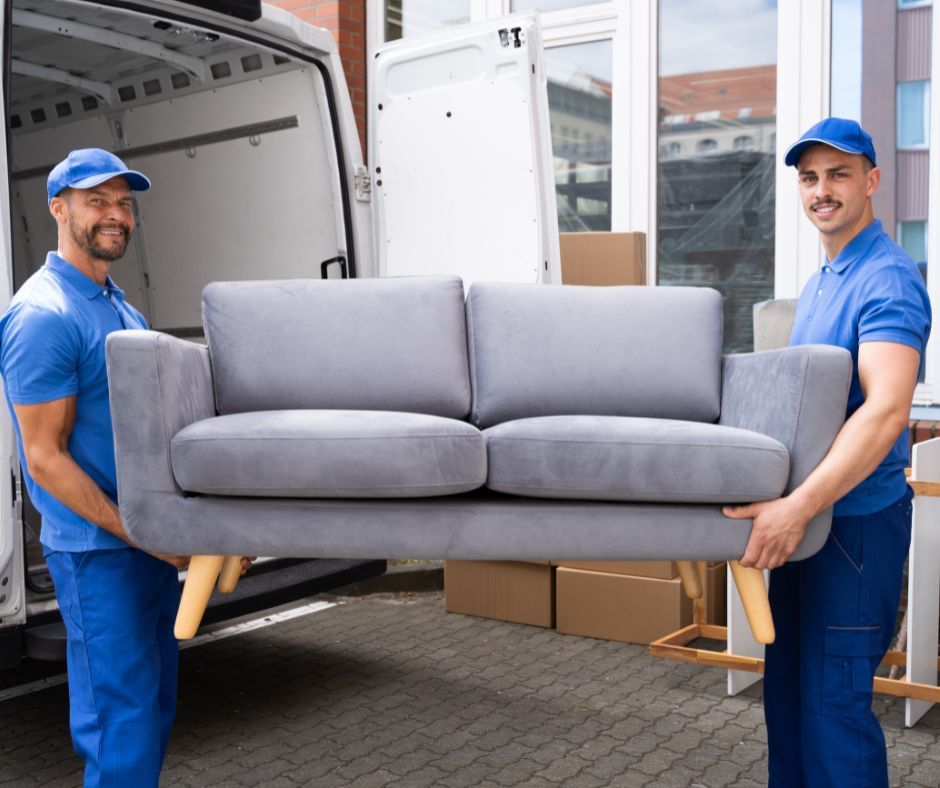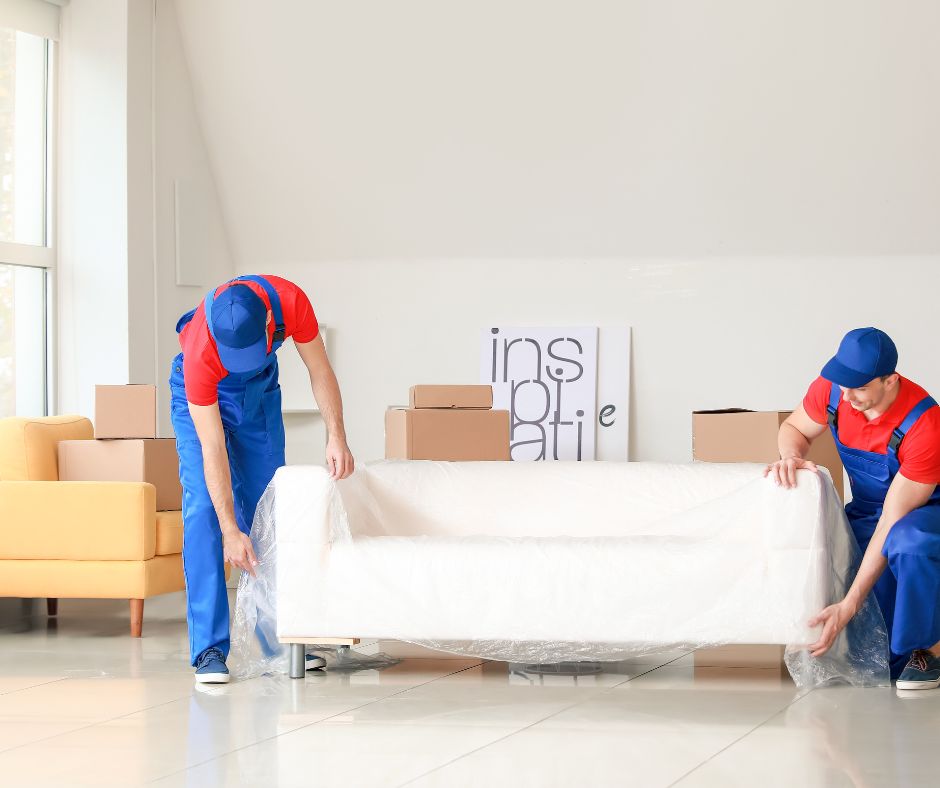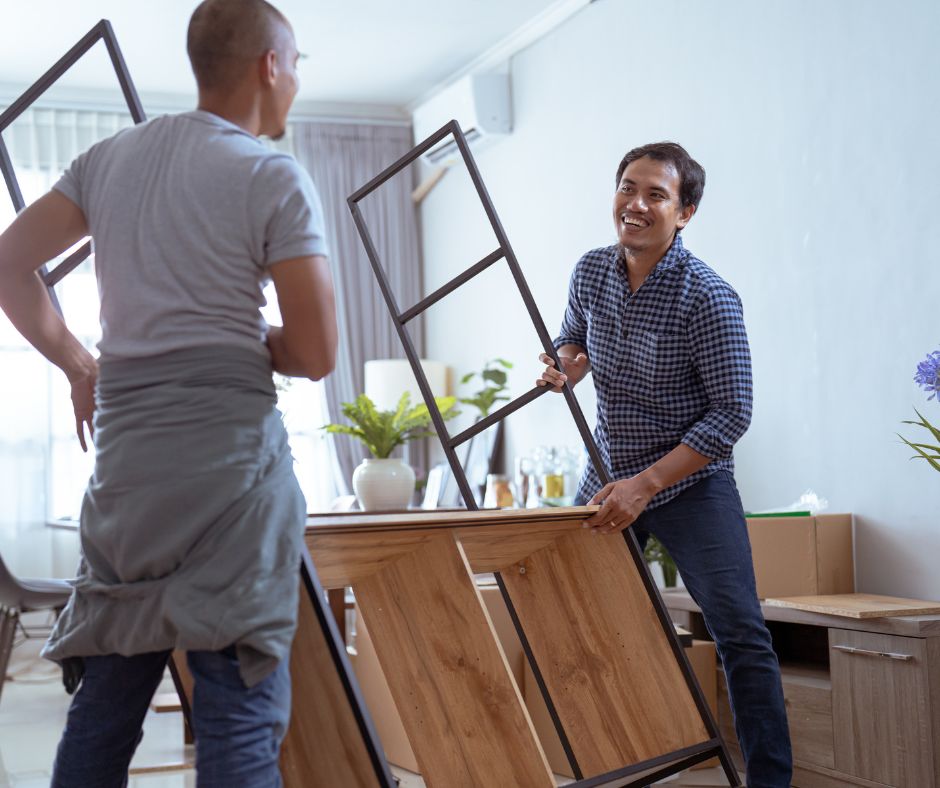How to Sell Furniture When Moving: The Ultimate Guide

Moving to a new home can be both exciting and stressful. One of the biggest challenges is deciding what to do with your unwanted stuff, ancient furniture. This comprehensive guide will walk you through the best ways to sell furniture when moving. Not only will you turn a profit, but you'll also cut down on moving costs. So, let's dive in!
Why Selling Furniture Before Moving is a Smart Move
Cut Down on Moving Costs
Cost reduction is one of the most immediate benefits of selling furniture before moving. The fewer items you have to move, the cheaper the moving process will be.
Less Hassle
Moving is already a complex task. By selling unwanted items, you reduce the number of things you must worry about on a moving day.
Opportunity for an Upgrade
Selling your old furniture gives you extra cash that you can use to decorate your new home with new pieces that fit your style.
Preparing Your Furniture for Sale

Preparing your furniture for sale involves several steps to ensure that your items look appealing, are in good condition, and are presented well to potential buyers. Whether you're selling furniture online, through a garage sale, or at a consignment store, these tips will help you present your furniture in the best possible light:
- Clean Thoroughly: Start by thoroughly cleaning your furniture. Dust, wipe, and polish all surfaces. Use appropriate cleaning products based on the material your furniture is made of. For upholstery, consider using fabric cleaners to remove stains and odors.
- Repair and Refurbish: Inspect your furniture for any damages or wear and tear. Repair any broken parts, loose screws, or wobbly legs. Consider using touch-up paint or markers to minimize their appearance if there are scratches or dents. You may consider sanding and refinishing wooden furniture to give it a fresh look.
- Deodorize: If your furniture has absorbed odors, consider using odor-neutralizing products or airing them out to remove unpleasant smells.
- Stage the Furniture: Arrange the furniture appealingly and functionally. If you're selling items (e.g., a living room set), make sure they complement each other in style and color. Use decorative elements such as cushions, throws, or other accessories to enhance the presentation.
- Take High-Quality Photos: Good photos are crucial for selling online. Use a decent camera or smartphone with good lighting to take clear, well-lit photos of your furniture from multiple angles. Capture any unique features or details that could be selling points.
- Write Detailed Descriptions: Include detailed and accurate descriptions of each piece of furniture along with the photos. Include dimensions, materials used, colors, and any other relevant information. Be honest about the condition of the furniture to manage buyer expectations.
- Set a Fair Price: Research similar items to determine a competitive and fair price. Consider the brand, age, condition, and market demand. You can also browse online platforms or local stores to see what similar pieces are selling for.
- Market Your Furniture: Using multiple platforms to reach a broader audience if you sell online. Utilize online marketplaces, social media, and local classifieds. Provide your contact information and respond promptly to inquiries.
- Provide Delivery or Pickup Options: Be clear about whether you're offering delivery services or if buyers need to arrange pickup. If you're providing delivery, clearly state any associated fees.
- Be Responsive and Professional: Please respond quickly to any questions from potential buyers. Be courteous and professional in your interactions. Answer any questions they might have about the furniture's condition, history, or features.
- Offer Package Deals: If you're selling multiple items or an entire set, consider offering a package deal or discount. Buyers might be more inclined to purchase if they feel they're getting a good deal.
- Create a Pleasant Buying Experience: If buyers visit your home to view or purchase the furniture, create a welcoming and organized environment. This can help them feel comfortable and more inclined to make a purchase.
By following these steps, you can increase the chances of successfully selling your furniture and ensuring a positive experience for you and the buyers.
Traditional Sales Methods: Yard, Garage, and Moving Sales
Hosting a garage or yard sale is a classic way to remove old furniture. Here's how to do it:
- Pick a Date: Choose a date with good weather.
- Advertise: Use social media groups and online classifieds to spread the word.
- Display: Arrange the furniture neatly for potential buyers to see.
Consulting Outside Experts for Furniture Valuation
If you need clarification on the resale value of your furniture , please don't hesitate to contact an outside expert. They can provide an accurate valuation and even help you find the best platform for sale.
Leveraging Online Classifieds like Craigslist
Online classifieds like Craigslist are excellent platforms for selling furniture. Here's a step-by-step guide:
- Create a Post: Write a detailed description and include the high-quality photos you took.
- Set a Price: Be realistic about your asking price.
- Safety First: Always meet buyers in public and avoid sharing too much personal information.
Online Auctions: eBay, Bonanza, and More
Online auctions can be a fun and effective way to sell furniture. Websites like eBay and Bonanza are popular choices. Here's how to get started:
- List Your Item: Include a detailed description and set a starting bid.
- Monitor the Auction: Keep an eye on offers and answer any questions from potential buyers.
- Finalize the Sale: Could you arrange payment and delivery Once the auction ends?
Utilizing Social Media Groups for Local Sales
Social media platforms like Facebook have local groups where you can list your furniture. The advantage here is that you're selling within your community, making logistics like transportation easier.
Thrift and Consignment Shops: The Local Austin Scene
Consignment shops can be a great option if you're in Austin or a similar city with a thriving thrift scene. They display your furniture, and you split the profits once it sells.
Additional Tips for Selling Furniture Fast

- Bundle Items: Offer a chair and a table as a set for a discounted price.
- Negotiate: Be open to price negotiations.
- Freebies: Offer small free items to sweeten the deal.
Selling furniture when moving doesn't have to be a hassle. With these tips and tricks, you'll know exactly what to do with old furniture when moving. So start selling your unwanted items and make moving to a new home much more accessible!
Frequently Asked Questions (FAQs)
- How can I donate to charity?
- Many charities accept furniture donations; some even offer complimentary pickup services.
- What if I can't sell my furniture?
- Consider hiring a junk removal company to dispose of it responsibly.
- How can I maximize profits?
- Accurate pricing and good presentation can significantly increase your earnings.
Ready to make your move easier by selling your unwanted furniture? Share this guide to help others in the same boat, and if you need professional moving services, don't hesitate to reach out to us!
By following this comprehensive guide, you'll make your moving process smoother and profit from your unwanted furniture. If you need a professional furniture moving company you may call 702-996-1787 for more info. Happy moving!


